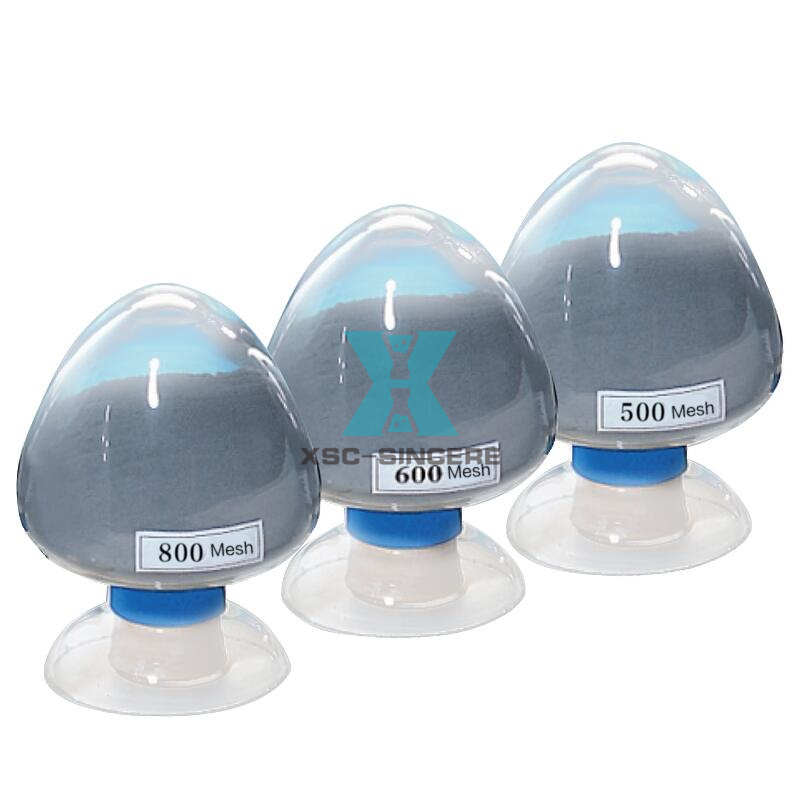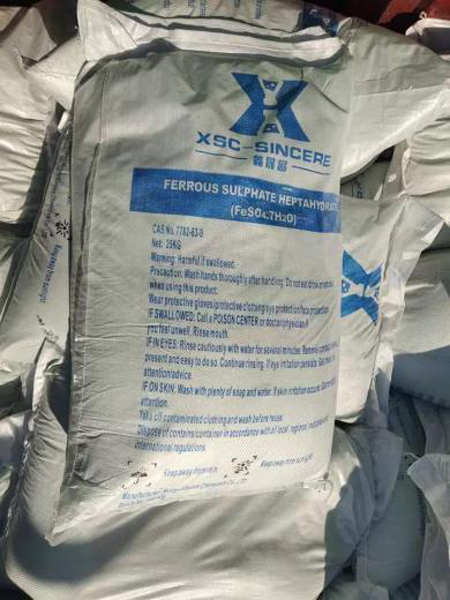Engineers in municipal wastewater plants who recognize that knowing their process’s total organic carbon (TOC) levels is important to achieve the most efficient treatment will find the advanced Total Organic Carbon (TOC) Analyzer from Electro-Chemical Devices (ECD) helps them measure carbon levels more accurately to ensure post treatment effluent will meet federal, state and local water environmental regulations.
With its UV persulfate non-dispersive infrared (NDIR) detection technology, ECD’s TOC Analyzer helps plant engineers and technicians know with confidence that their wastewater treatment process is effective, cost efficient and that the job is complete. The ECD TOC Analyzer is also suitable for monitoring storm water and other types of industrial water-based waste streams or for water re-use treatment applications. Ammonium Persulfate White Single Crystal

Organic matter is generally present at various levels in surface water, ground water, municipal wastewater and industrial wastewater. Knowing the correct TOC level is especially important for effectively treating municipal wastewater and storm water flows prior to plant effluent release in order to prevent the downstream contamination of ponds, rivers, lakes and the ocean where sensitive wildlife including plants, fish and other aquatic creatures are present.
A full-featured sophisticated instrument, the ECD TOC Analyzer utilizes the UV persulfate oxidation sensing method, which detects generated carbon dioxide (CO2) using its highly stable NDIR detector for analysis. This method and the analyzer conform to: US EPA, DIN, CE, ASTM and NAMUR regulations, as well as ISO.
The simple to use ECD TOC Analyzer first acidifies a water sample and then sparges it to remove inorganic carbon. The remaining liquid is mixed with sodium persulfate and digested by two high-performance reactors. The resulting CO2 is then stripped from the liquid and, after drying, its concentration is measured by the NDIR analyzer. The analyzer measures TOC levels ranging from 0-5 mg/L to 20,000 mg/L.
ECD’s TOC Analyzer features a unique design that includes a valve-free sample line, which largely eliminates blockages to help assure nearly continuous operation. The analyzer’s auto clean, auto-calibration and auto-validation functions guarantee correct, reliable values that can be reproduced at any time without the need for manual intervention.
In comparison to conventional analyzers where the flow is controlled by a glass tube rotameter, the carrier gas flow with the ECD TOC Analyzer is controlled digitally. The flow is monitored via built-in smart diagnostics and if an abnormal value is detected, the analyzer stops automatically and displays a warning alert.
Developed for rugged, demanding plant environments, the ECD TOC Analyzer is housed in a dual compartment enclosure. The isolated water sample components are in one compartment, and the electronics are located in a second compartment for safety and highly reliable operation. The analyzer compartment is rated IP54, NEMA 3, and conforms to EN610004-2, EN610004-4, C46-022, EN 55022 and EN 61326.
This analyzer can be quickly installed and is intuitive to use, the intelligent TOC Analyzer features a user touchscreen display located on the front of the analyzer. All output/input data, status information, alarms and fault conditions are shown on the display. Simply pressing the touchscreen buttons provides access to commands and settings. The system is password protected for security.
TOCs in wastewater are regulated by the US EPA, state and local water quality standards. Many other industries rely on TOC measurement for analysis of wastewater prior to discharge. In addition, the power generation industries rely on TOC measurements for water quality concerning cooling water, condensate and boiler feed water.
Source: https://ecdi.com/
Do you have a review, update or anything you would like to add to this news story?
Andrea Steck, Martius Cobo, Bruno Chencarek
In this interview, join Bruker as they describe how to improve battery production and performance, through the entire value chain, with the help of NMR.
In this interview, Sara Speak, the Industrial and Environmental Product Application Specialist at Veolia Water Technologies & Solutions, talks to AZoMaterials about the current challenges the food and beverage industry (F7b) faces in water management.
Dr. Craig Johnson & Dr. Kate Vanderburgh
AZoMaterials speaks with Dr. Craig Johnson, Director of Research Core Facilities, and Dr. Kate Vanderburgh, Scanning Electron Microscope (SEM) and X-Ray Microscopy Manager, about the Materials Characterization Core (MCC) facility at Drexel University.
The Wafer XRD 300 is a integratable wafer Ooientation solution
This product profile describes the features and applications of the FOX 200 HT for measuring thermal conductivity.
This product profile describes the features and applications of the PlasmaPro ASP by Oxford Instruments Plasma Technology.
The global semiconductor market has entered an exciting period. Demand for chip technology is both driving the industry as well as hindering it, with current chip shortages predicted to last for some time. Current trends will likely shape the future of the industry, which is set to continue to show
The primary distinction between graphene-based batteries and solid-state batteries lies in the composition of either electrode. Although the cathode is commonly changed, carbon allotropes can also be employed in fabricating anodes.
In recent years, the IoT is rapidly being introduced into almost all sectors, but it has particular importance in the EV industry.
AZoM.com - An AZoNetwork Site

Sodium Persulfate White Crystal/Powder Owned and operated by AZoNetwork, © 2000-2024